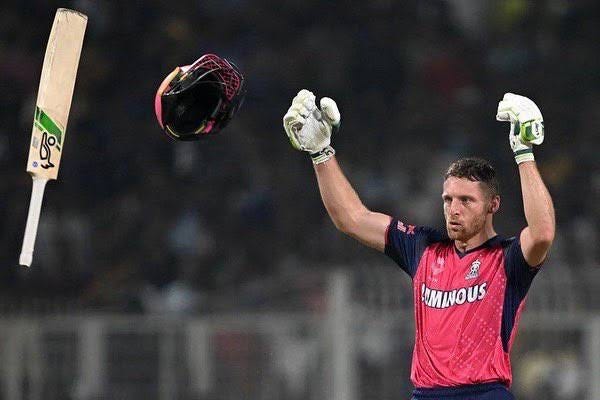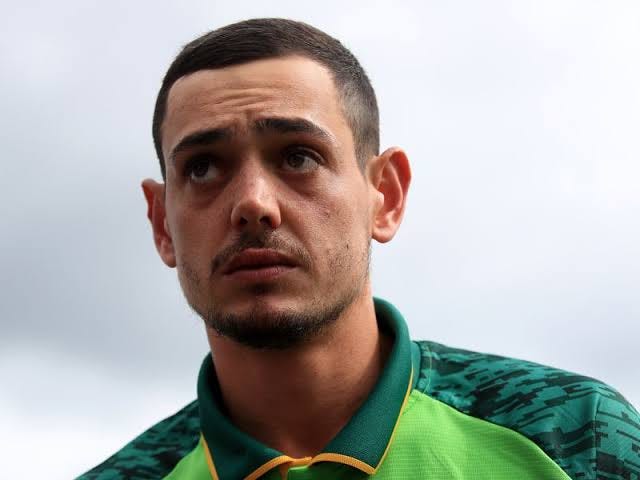Professional analysts in T20 cricket are still an under-appreciated and certainly under-paid community amongst the game’s eco-system. Franchise teams around the world want their data but are seldom reluctant to recognise and pay for its potential worth. When they are hired, they are paid minimum wage and fly at the back of the plane, if they fly at all.
We are between eras. Most coaches these days are receptive to new analysis but still drawn back to traditional norms when new strategies don’t yield immediate results. A few are far too beholden new analysis and prone to abandon the instincts they have developed throughout their careers.
Occasionally, when the analysis suggests your best batter might be best utilised against the opposition’s X and Y bowlers, the entire team may be disrupted in pursuit of a statistical nuance which might have been affected by the quality of the night’s sleep, breakfast or death of a family dog the last three times your best batter faced left arm spin. And failed.
A couple of seasons ago in a domestic T20 match, when Jos Buttler was at the peak of his form and striking at around 180 in the Power Play, unencumbered by captaincy, he faced only five of the first 24 balls of an innings. It seemed highly unfortunate for his team but it actually had very little to do with fortune.
The opposition’s strategy team had planned the Power Play meticulously to deny Buttler the strike. Plans can go wrong but this time they didn’t. Every ball from each of the bowlers was delivered in exactly the right place and Buttler’s opening partner hit each one where he was supposed to, especially the last delivery of the first three overs – for singles.
It is even said that Buttler’s partner was provided with an opportunity to hit a boundary from the fifth ball of the first three overs because it increased the chance of him taking a single off the final ball and keeping the strike – and keeping Buttler away from it. The fielders surreptitiously dropped a little deeper.
When Buttler was on strike, he was ‘given’ deliveries from which he could only realistically take singles without outrageous risk. So, he took them.
It is not uncommon for specialist ‘hitters’ and ‘finishers’ to decline singles in the company of tailenders at the back end of an innings in order to face more balls themselves and increase the likelihood of boundaries, but nobody would have the balls to do that to their opening partner. Excuse the pun. The theory was that, as good a player as the other guy was, he couldn’t hurt them as much as Buttler might in the first six overs.
As formulaic and prescriptive as T20 cricket may seem, and as forgettable as the results can be, there’s a lot of subtlety and nuance going on behind the scenes, far too subtle and nuanced for most of us to see, never mind understand. Sometimes, however, you can’t help wondering whether tactics aren’t just too subtle for us, but far too clever for the teams themselves.
Lateral thinking is to be encouraged and applauded, even when it doesn’t work or goes wrong. For every good idea there may be ten bad ones. The man who invented the first domestic vacuum cleaner built 5000 prototypes before it got it right (or something like that.)
The key to success in cricket may be the courage to go back to the drawing board and start again, recognise when you’ve headed down a rabbit hole. I once, briefly, persuaded Mickey Arthur to consider doing without a wicket keeper in the closing overs of a T20 match on a flat pitch. Who needs one? Move fine leg finer and he can field the bye if the batter misses or leaves the ball. Put the ‘keeper in a run-saving/catching position at gully. It was ridiculous, of course, and it didn’t take Mickey long to reach that conclusion. But nobody was harmed.
Anyway, Durban Super Giants, bottom of the SA20 log. Who are their two best batsmen? Quinton de Kock and Heinrich Klaasen. Where has de Kock scored over 10,000 T20 runs? As an opener. And where has Klaasen batted for most of his 5000 runs at a strike rate of 150? At number four or five.
De Kock started the SA20 at number three for DSG before moving to number four. Klaasen started at number five before moving to six and, in the last game during a spectacular collapse against the Sunrisers, he was ‘saved’ until number seven when there wasn’t anybody worthwhile left to bat with.
The problems may have started well before the season began – at the auction and other ‘secret’ player recruitment events. Jamaican opener Brandon King was hired and Matthew Breetzke is also an opener. New Zealander Kane Williamson, for all his brilliance, is a slow starter so he needs to get in early – number three.
Then comes the currently super-fashionable obsession with left hand/right hand combinations and match-ups pitting the ‘right’ batsmen against their most suitable bowlers – Klaasen against the spinners, for example. And you also want Klaasen at the crease in the ‘death’ overs, because there’s nobody better. So, he isn’t sent in too early, in case he gets out…
DSG lost their last three matches scoring 141 all out, 107 all out and 115-8. A return to the drawing board might be good. Back to basics, and basic logic, chaps. Maybe. But what do I know.







Fascinating stuff about the Jos Butler thing :)
I can definitely see how it's possible for teams to get caught up in Moneyball style analysis to the detriment of performance. I feel like one problem is that, unlike in baseball, in T20, each batter only bats once and it's a bit harder to match up specific bowlers to specific batsmen:)
Hii Manners,
What is your prediction for the England white ball series in India ?
Looking forward to hearing you on the Talksport youtube channel